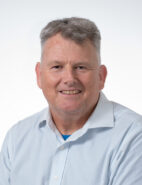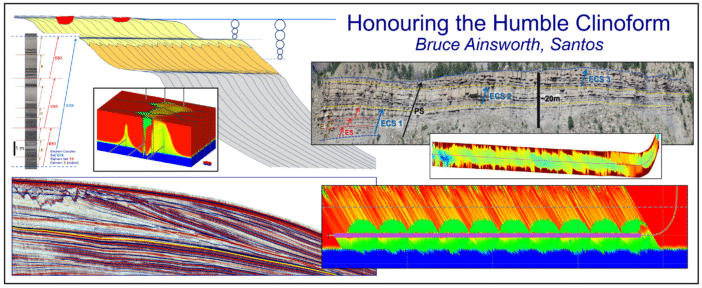
- This event has passed.
PESA SA/NT July Technical Luncheon
A seismic source field trial in the Bass Strait: Testing the impact of several different source configurations on geophysical quality, received sound, and direct impact on scallops and lobsters
Presented by: John Cocker (Beach Energy)
Abstract:
Beach Energy acquired a seismic source technology field trial in Dec 2021 in the shallow waters (50-80m) of the Bass Strait. The trial consisted of eight source tests acquired along two 2D lines, including: a full-size array (2480 cu.in.) with Sercel G-GUN II in a wide-tow triple source configuration, eSourceTM (2098 & 1049 cu. in.), reduced size (300, 700 & 1260 cu.in.), and Distributed Source tests including Shearwaters Apparition test (140 & 340 cu.in.). A test of a 70 cu.in. airgun was also recorded during a whale mitigation procedure. The aim of the field trial is to investigate whether any of these source options:
1. Provide the required geophysical data quality
2. Significantly alter the received anthropogenic sound levels (SPL and SEL)
3. Changes the impacts on benthic invertebrates via analysis of scallop and lobster specimens placed on the seafloor
This combined data will then be used to determine if any of the alternative source options are suitable replacements for conventional full-sized arrays and if any provide a meaningful reduction to potential impact on marine organisms.
The study was performed in conjunction with the Institute for Marine & Antarctic Studies, Fisheries Research & Development Corporation, Curtin University, and the Department of Natural Resources & Environment Tasmania.
Scallop and lobster specimens as a model species for crustaceans and molluscs were placed on the seabed below the full array (triple and single source), both eSource arrays and one control location. The specimens were assessed over 6 months for physical damage, chronic effects and survival, pH, refractive index, total and differential haemocyte cell counts, DNA damage and biochemistry. Lobsters were also assessed for righting ability. The results will not be available until Q4 2023. Noise loggers were collocated with the specimens to measure received sound.
The data processing was completed by Shearwater. The results show that all options result in lower S/N raw shot gathers; but also, that modern processing algorithms are able to compensate for most of this through noise attenuation, deblending and designature. eSource (2098 and 1049 cu.in.) and the reduced source size options provide very similar final stack and migrated gather quality to the full array. Both apparition tests (140 & 340 cu.in.) were very similar in 2D stack quality but with slightly lower S/N below 4Hz and above 64Hz. The data quality of the other distributed source tests was better in the shallow but worse in the deep due to poor randomisation achieved. There are differences in gather quality that require further investigation. These results demonstrate that alternative sources and/or smaller volumes have the potential to meet survey objectives whilst reducing impact on marine life.
Event Details:
Thursday, July 27th, 2023
Luncheon: 12 pm for a 12:30 pm start
Place: Ayer’s House, 288 North Tce, Adelaide
Includes a 2-course lunch and drinks
Bookings close Tuesday, 25th July
Any late bookings will incur an additional $20 fee. Strictly no walk-ins.


